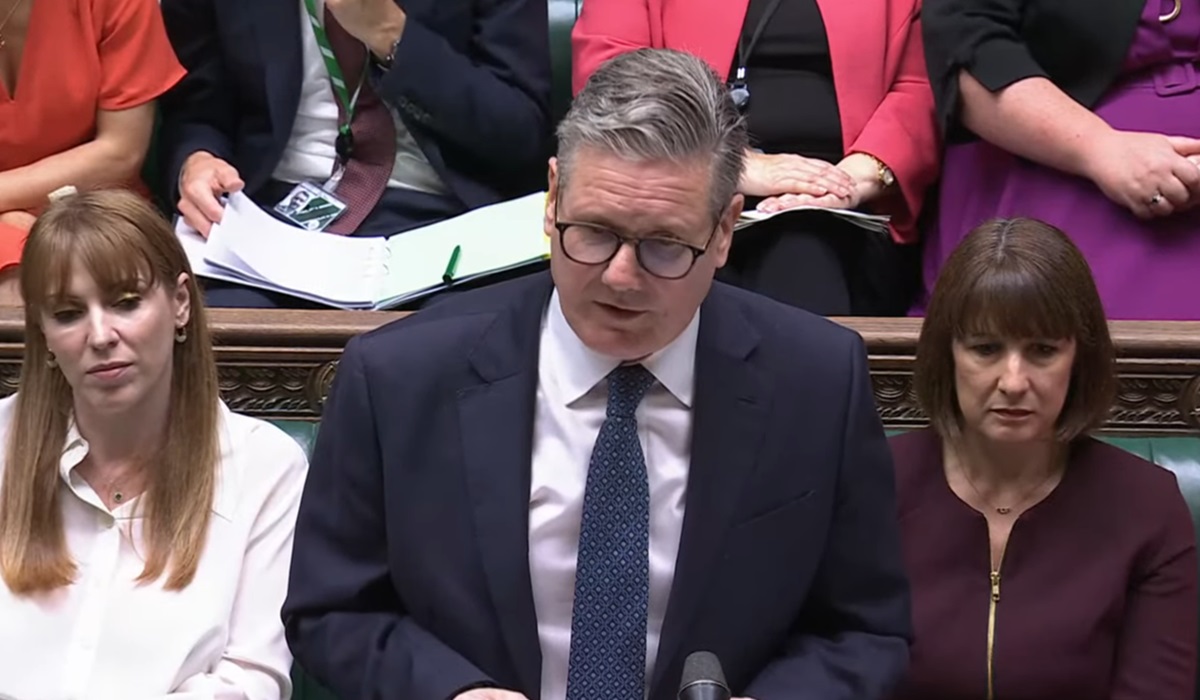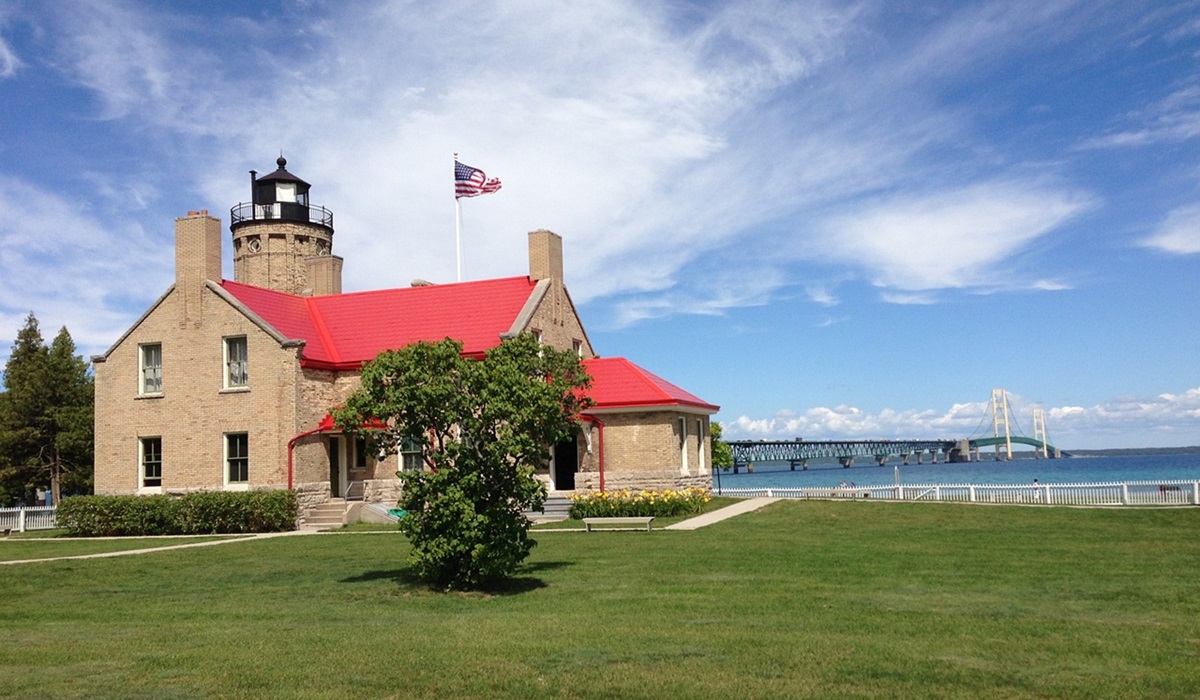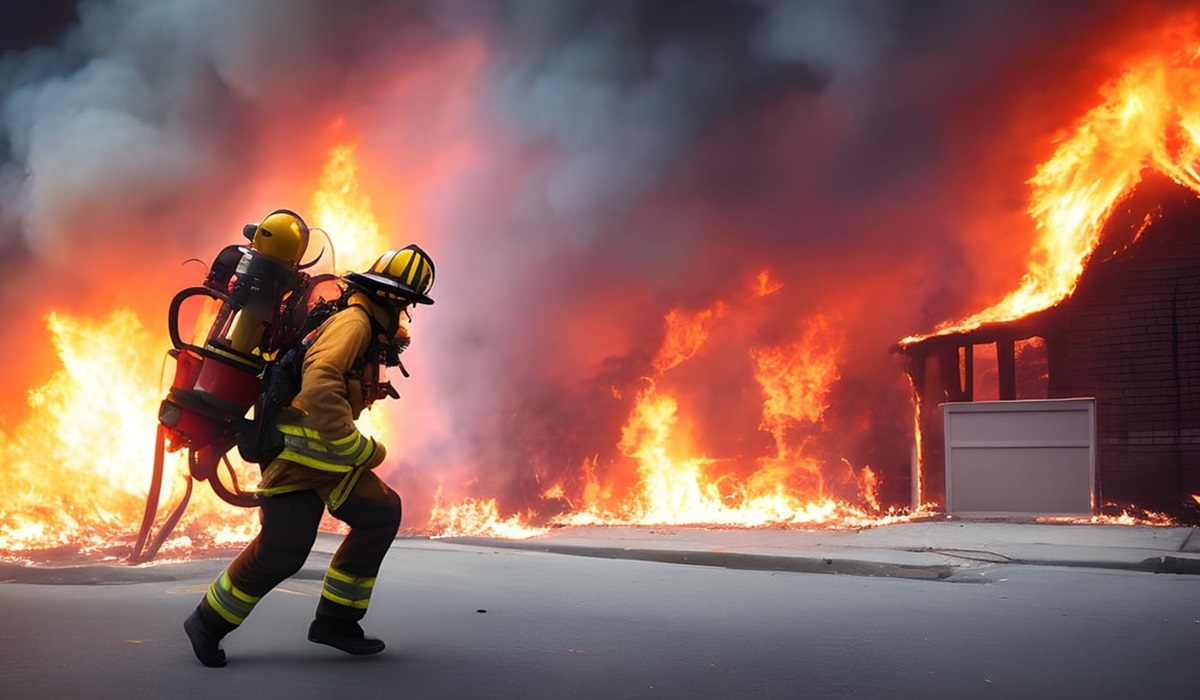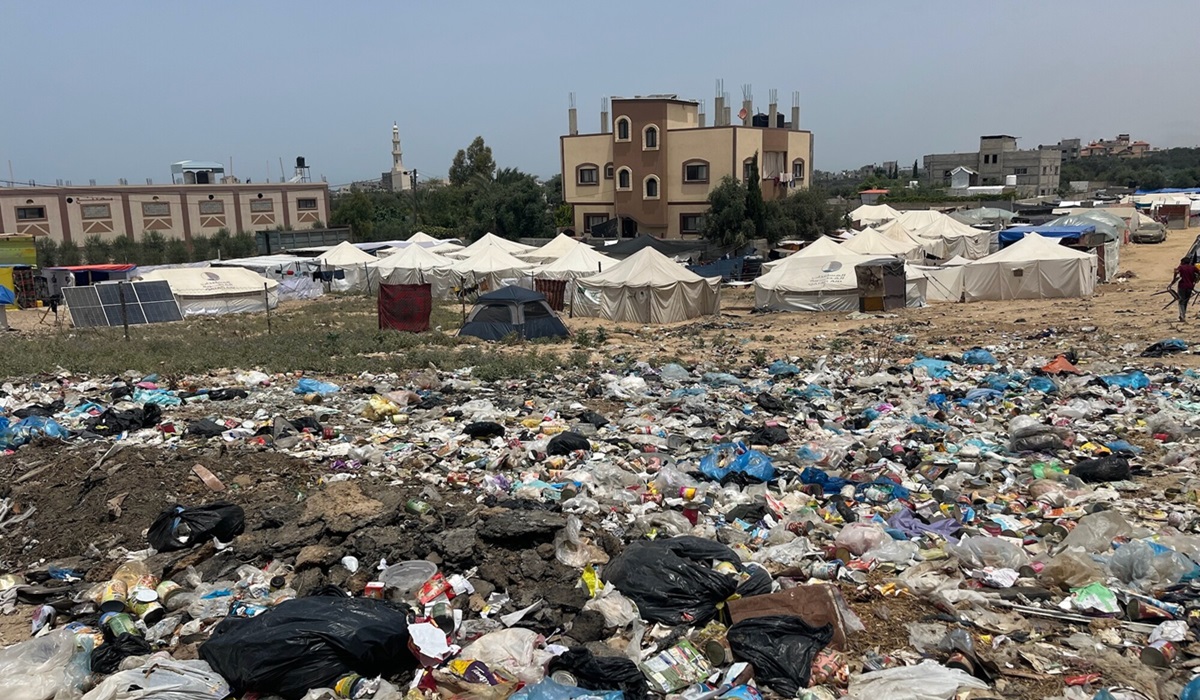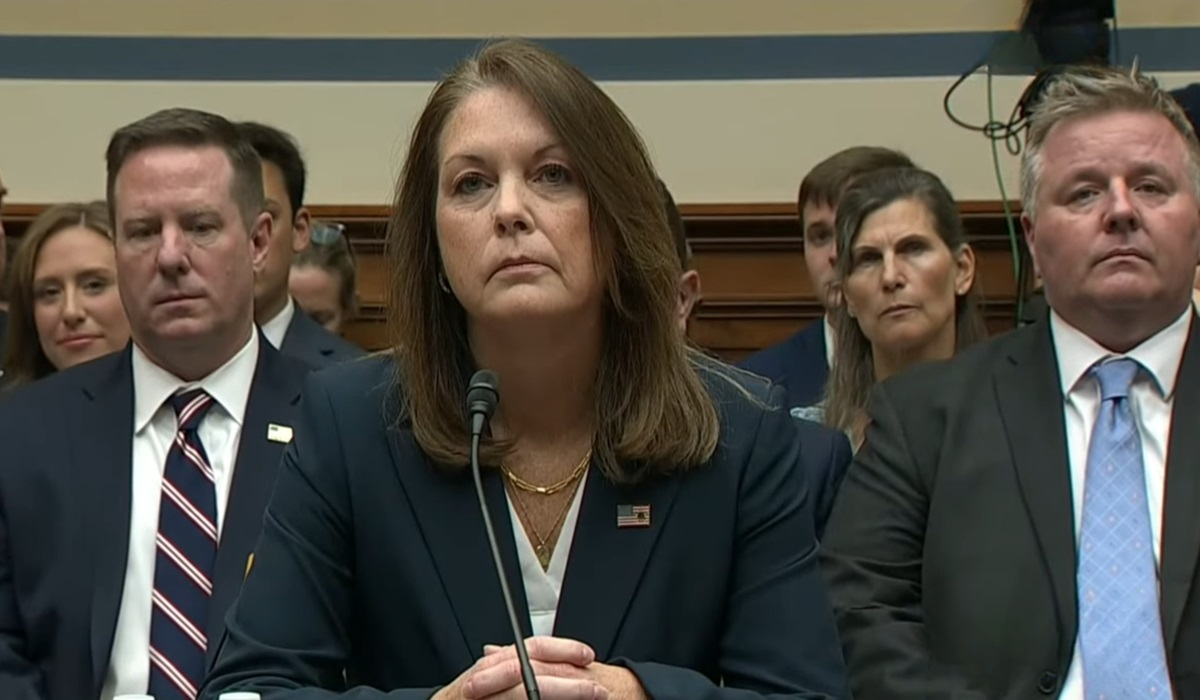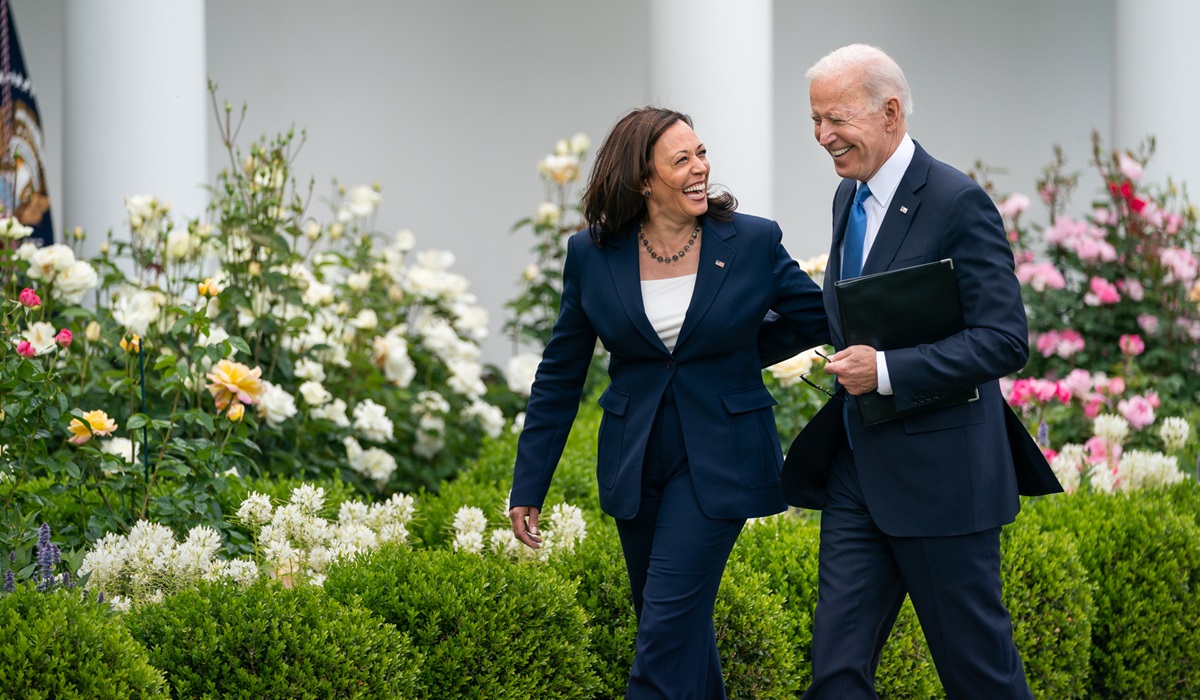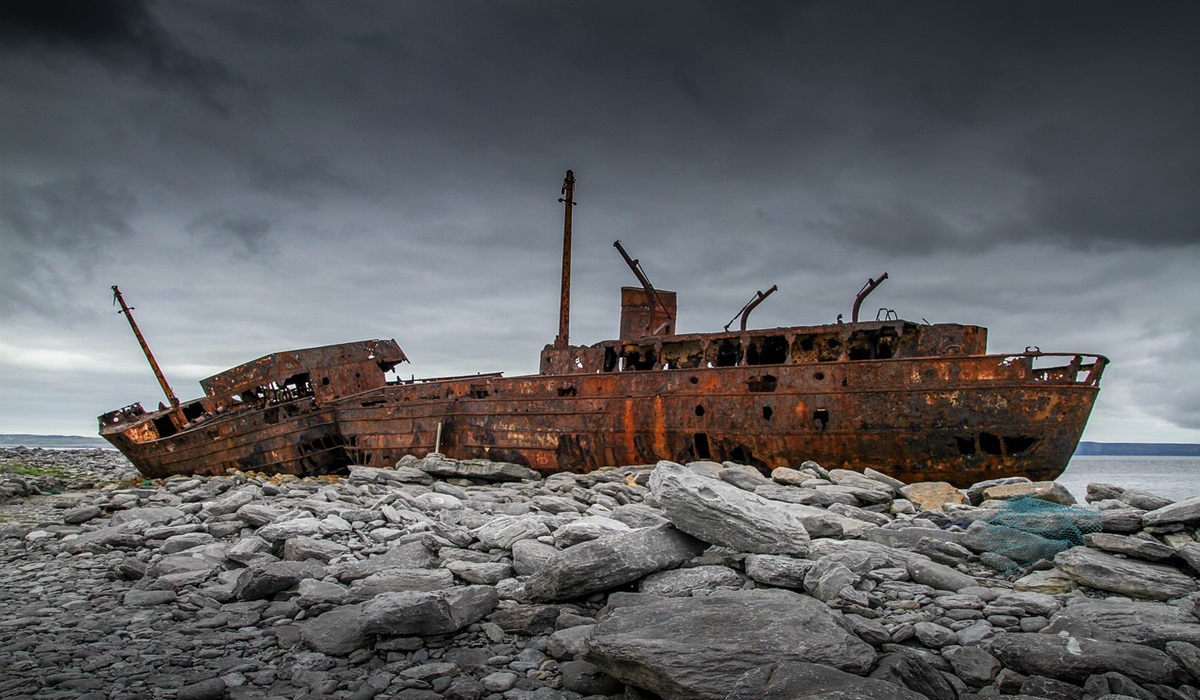Colombia’s Elusive Peace: Tens of Thousands Trapped in Endless Conflict
- TDS News
- Breaking News
- Latin
- November 23, 2023
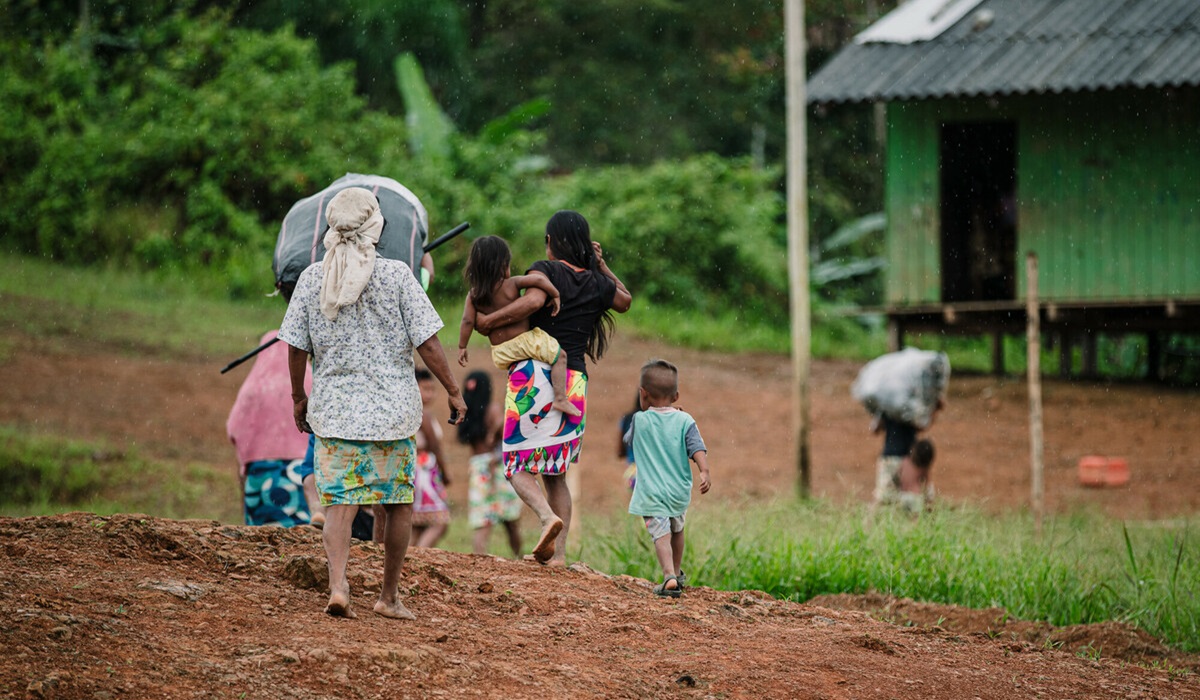
Seven years after the historic peace agreement between the Colombian government and the Revolutionary Armed Forces of Colombia (FARC), the dream of tranquillity remains shattered for tens of thousands dwelling in remote communities. Despite the ceasefire, the Norwegian Refugee Council (NRC) raises the alarm, pointing to the ongoing cycle of conflict and confinements plaguing these isolated regions.
The NRC strongly condemns armed groups for employing confinement strategies, urging an immediate halt to such practices. This call echoes the cry for restoring basic rights and essential services that have been stripped away from these communities.
Giovanni Rizzo, the NRC’s country director in Colombia, emphasizes the gravity of the situation, stating, “Imagine the distress of facing constant threats from gunmen imprisoning you in your home or village, enduring this ordeal day after day, year after year.” Rizzo stresses that the restrictions imposed on civilians blatantly violate International Humanitarian Law, emphasizing the need for all involved parties in the Colombian conflict to adhere to these principles.
The appeal extends to the Colombian government, urging it to address the prolonged neglect of numerous remote communities. Basic rights such as education, free movement, and agriculture have been unjustly denied to these populations. Additionally, the NRC calls on the international community to intensify efforts in supporting the escalating humanitarian needs in Colombia.
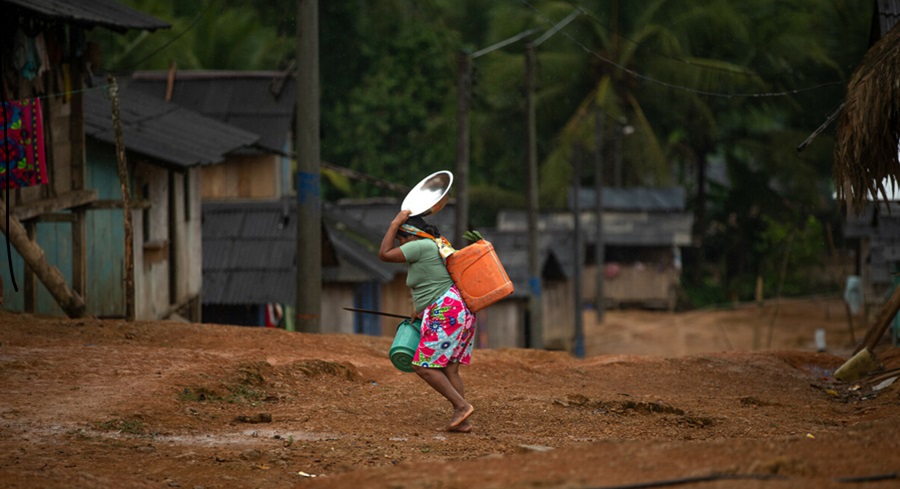
Despite the peace agreement signed with FARC seven years ago, a staggering 58,000 people in remote areas find themselves confined by armed non-state actors and criminal groups. The vacuum left by FARC’s disarmament has allowed other non-state armed groups to seize control over strategic areas, natural resources, and key drug smuggling routes, escalating conflict in some regions.
Control over populations translates into dominance over territory and illicit economies, leading to the employment of tactics such as threats, landmines, killings, sexual violence, armed violence, and curfews. These tactics serve to restrict mobility in areas where the state’s presence is lacking, with Indigenous and Afro-Colombian communities bearing the brunt of the impact.
The plight of these communities is vividly described by Felipe, an indigenous man from western Colombia, who laments, “Our community is surrounded by conflict. People are afraid, they don’t go to the bush [to grow crops], they don’t go hunting, they don’t go to the river to fish. We stay in the house every day, without leaving the community. This is not the peace we expected.”
While tens of thousands remain physically confined, an additional 537,000 individuals grapple with restricted movement within their areas due to the armed conflict. This limitation translates to compromised access to essential services such as food, water, healthcare, and education. The government’s limited presence and insufficient humanitarian response in these conflict-affected regions exacerbate a dire situation.
Colombia, now ranked as the third most neglected crisis globally by the NRC, continues to host the third-largest number of people in need of international protection, according to the UNHCR. With 5.8 million people living under the influence of non-state armed groups and the country maintaining its position in the top five for the highest number of internally displaced persons, the road to peace in Colombia remains elusive for far too many. As of September 2023, the numbers speak volumes: 58,000 people are confined, and 537,000 are affected by mobility restrictions and limited access to goods, services, or rights. The urgency of addressing this crisis cannot be overstated, as the resilient people of Colombia continue to navigate the harsh realities of a peace that remains just out of reach.

